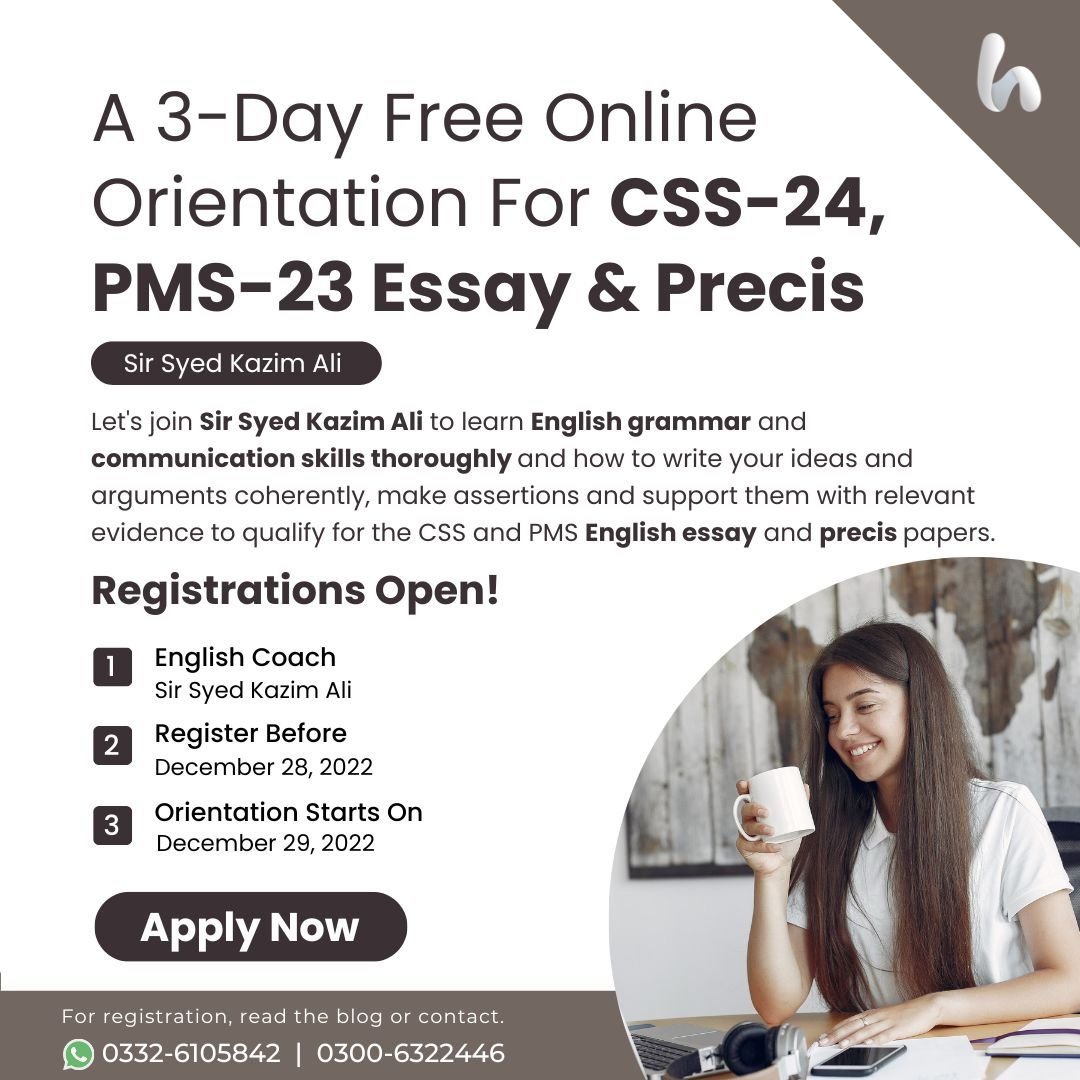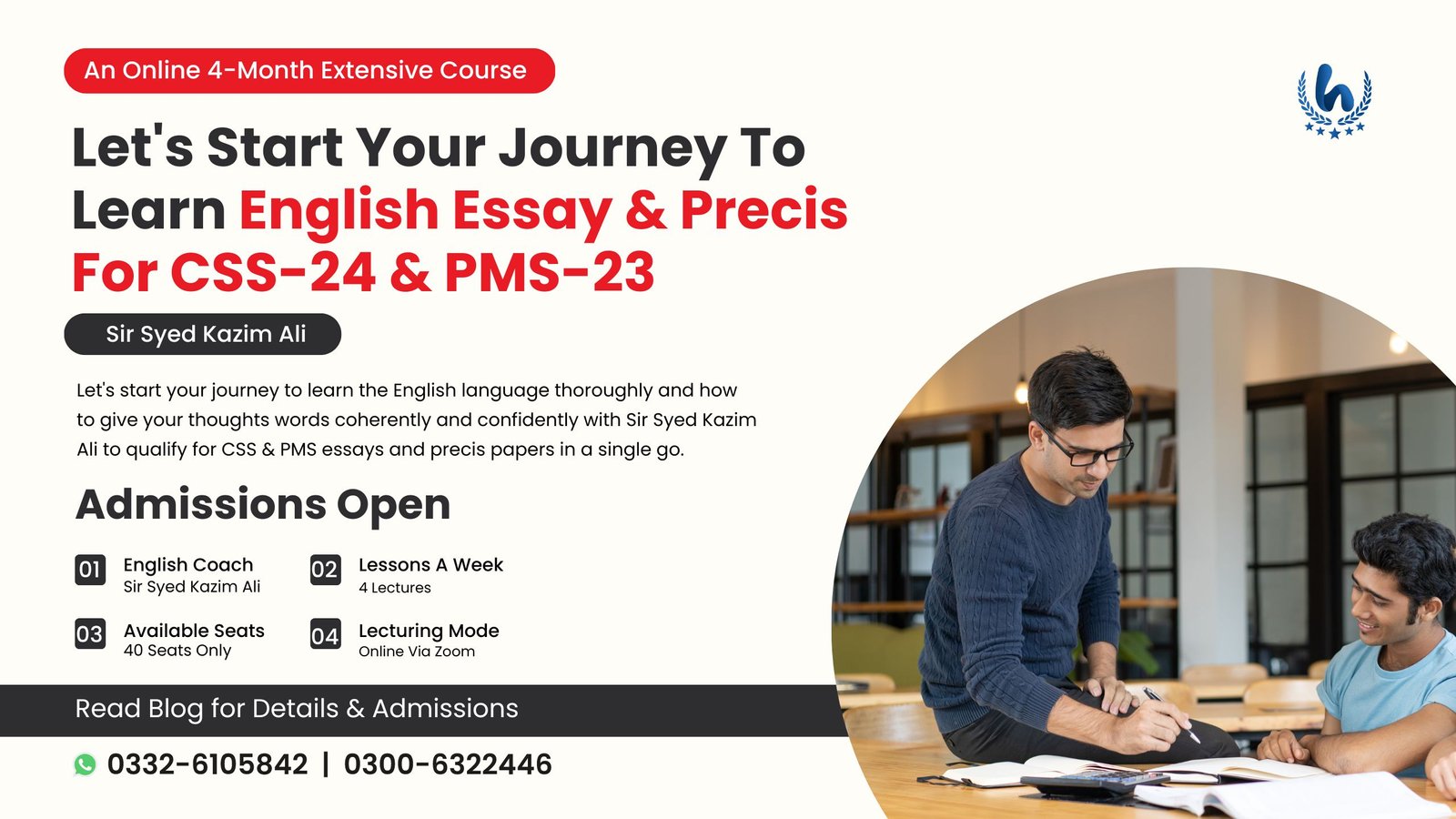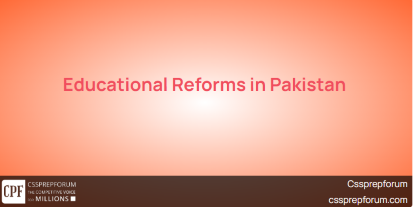Written By Shehroz Shaikh
- Introduction
- Education Emergency Statistics
- Problems/Challenges of Education Reform
- Improving Education Quality
- Lack of attention on In-Classroom Environment
- Focus on Facilities and Management
- The gap in literacy and numeracy
- Steps to Improve Education Reform
- Improving Education Quality – a Driver of Economic Growth
- Delivering Quality Education in STEM
- Technology Adoption
- Enhance Teacher Skills and Capabilities
- Provides Students with Unparalleled High-Quality Instruction
- Enables independent and unbiased student assessment
- Technology brings Transformational Changes
- Technology Implementation Pilot Programmes
- National Curriculum-aligned Blended Programme
- Introduction of ‘Smart Schools’
- Conclusion
- A Smart Education Approach
Pakistan’s education emergency statistics highlight that 25 million children do not attend school. Whilst getting these children into the formal education system must be a priority, an even greater priority is ensuring that those children who do attend school get a worthwhile education.
The central challenge of education reform in Pakistan is to improve education quality — measured by ‘student learning outcomes’, or what students are expected to know or be able to do — rapidly, affordable, and at large scale.

Despite this, education reform efforts in Pakistan pay scant attention to improving what happens inside the classroom. They focus instead on improving school facilities and school management, in part because these are easier and more visible than raising standards of teaching and learning inside classrooms.
Reports on education performance point to the gap in literacy and numeracy in Pakistan’s government schools. Comprehensive assessments, such as those run by EDeQUAL, of students in adopted government schools and NGO schools demonstrate a huge achievement gap: students in grade 6 typically fail a Pakistan national curriculum-based grade 3 math test.
In other words, a 10-year old child already has a four-year achievement gap in numeracy. Few students from such schools will ever matriculate, let alone join reputable universities or attain professional jobs.
A World Bank study (2007) shows compelling evidence that education quality, rather than simply years of schooling, is a driver of economic growth and increased equity.
Delivering quality education in science, technology, and mathematics — STEM —must become a central focus of Pakistan’s education reform. Without this, money spent on school infrastructure, recruiting teachers and improving school management will not produce educated students who can think critically, solve problems, read and write well, and work effectively with numbers.
The solution to improving education quality rapidly at scale must involve technology. Technology offers teachers and students access to educational content and assessment tools that are normally out of reach.
Technology adoption in education can enhance teacher skills and capabilities, provide students with unparalleled high-quality instruction that is customized to their needs, and enable independent and unbiased assessment of student learning. While technology won’t replace teachers, teachers who use technology will eventually replace teachers who do not.
Today, technology-enabled learning that delivers results for students is available in Pakistan. Our work with adopted government schools and education management organizations in Sindh demonstrates the benefits of effectively implemented technology solutions in math and science.
In one partner school that has implemented our national curriculum-aligned blended learning program, delivered in both English and Urdu, most students gained one year of math competency after only four months. These results point to the transformational change that is possible when education technology is thoughtfully implemented.
Once classroom implementation begins, thorough baseline assessments of students, coupled with continuous assessment as they progress through the course are required. The aim must be for students to gain subject mastery.
Technology implementation in the classroom should be piloted before it is rolled out on a large scale. A one-year carefully conducted pilot program — perhaps involving 30 primary schools with 200 students each — can generate evidence of success and key learnings for implementing reform.
This initial cohort of ‘smart schools’ can be quickly selected in Pakistan’s urban and rural areas, with the aim of rapidly replicating success. The advantage of such a lean startup approach is that it is experimental at very low cost, and can quickly iterate to define a model for successful technology-based learning to be implemented at a large scale in Pakistan.
We now need the new government to champion a smart approach to delivering education reform by using technology effectively in the classroom. Without this, the promise of transforming education may remain unfulfilled.
For #CSS_2021 & #CSS_2022, top 100 Essays, Solved Past Papers from 2000 to 2020, and daily blogs, opinions, and articles like CSS Prep Forum.
If you know any teacher who can help students prepare any optional subject, such as political science, international relations, public administration, criminology, etc. then write for us. Moreover, if you have anything that can help students prepare for the CSS exam, kindly feel free to send us. We will publish so that we can collectively help hundreds of thousands of aspirants preparing for a successful future. Let’s get your stories published with us. Like & Follow us at Facebook & Instagram
Are you looking to learn English communication skills to qualify for the CSS and PMS English essay & Precis papers? Let’s join Sir Syed Kazim Ali and learn how to give your ideas and thoughts words, fluently and confidently.
CSS & PMS 2024 Extensive English Course













